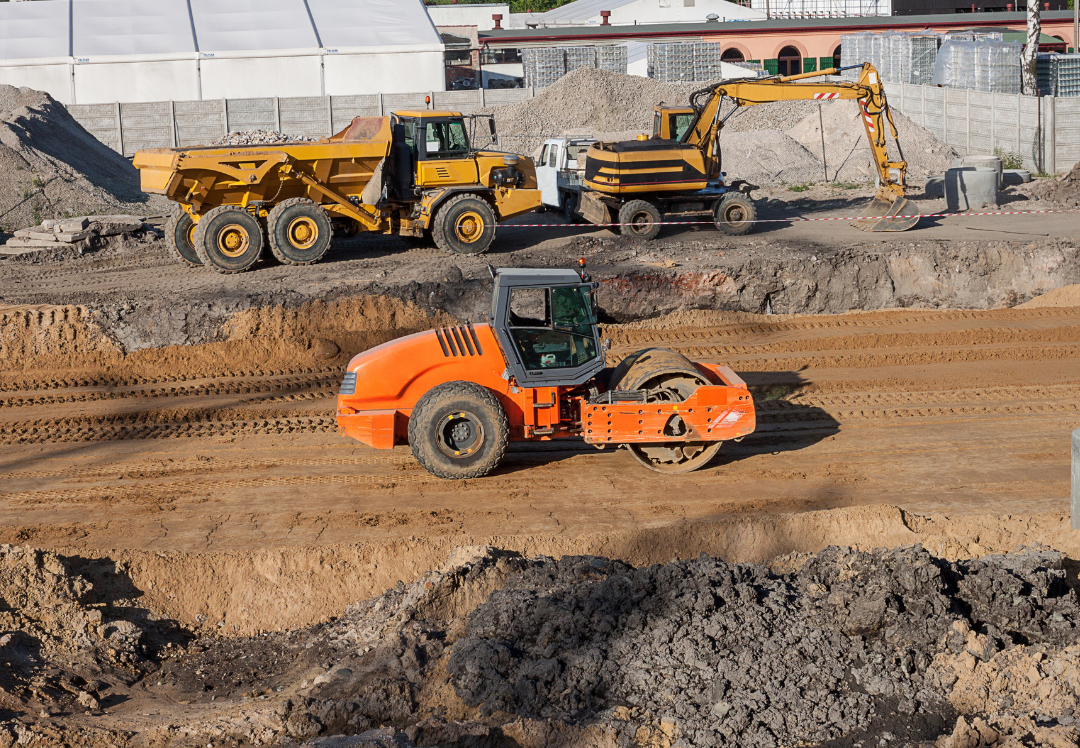
How to build HSE-compliant traffic access routes
HSE guidance requires that ‘Every traffic route in a workplace must have a driving surface that is suitable for its purpose’. While chunky tyres and caterpillar tracks might mean off-roading is acceptable for heavy plant and construction vehicles, it’s sensible to build safety-first traffic access routes wherever possible.
In order to comply with HSE guidance, traffic access routes must NOT be:
- Uneven
- Sloping
- Slippery
- Potholed
The general test for this is whether a pedestrian would be able to walk on the roadway without slips, trips, or falls and whether the route offers sufficient grip to people and vehicles alike.
According to the HSE: ‘The build quality of outdoor traffic routes should be similar to the standards for public highways.’
That’s a high standard to meet on temporary roadways and access routes, but timber roadway mats are a good way to create a reasonably compliant roadway that reduces the risks associated with vehicles moving around the site.
Design for your activities
The HSE recommends considering the operations that will take place on the roadway surface, and designing it accordingly. While roadways should be flat, a slight surface gradient (about 1 in 40) is actually preferable, as it should ensure any water runs off. You should also consider whether the roadway will need to turn corners.
When building temporary access roads that will remain in place for the duration of a project, consider adding drainage channels alongside the route. This includes the use of ‘interception facilities’ when working with oil or chemicals, to contain any spills running off the roadway. There may be added considerations when creating and using a temporary roadway in challenging environments, for instance marine applications.
Running repairs
Temporary roadways should be kept free from debris, oil, and grease. It’s important to ensure they do not become slippery. Timber mats are useful here, as their surface has natural roughness to help with grip, and can be washed down easily to remove mud and grease.
If the roadway becomes damaged, it should be repaired or replaced. Again, it’s easy to switch out individual timber mats for new ones, if damage occurs, and you can choose to either hire or buy timber mats as appropriate for this. With hard-wearing tropical hardwood roadway mats, the risk of damage is reduced from the outset, however.
There may be additional specific guidelines to take into account, but overall the HSE just requires a roadway that’s fit for purpose and kept in decent condition – and a timber roadway meets those needs while allowing you to reposition your roadway as and when you need to.

